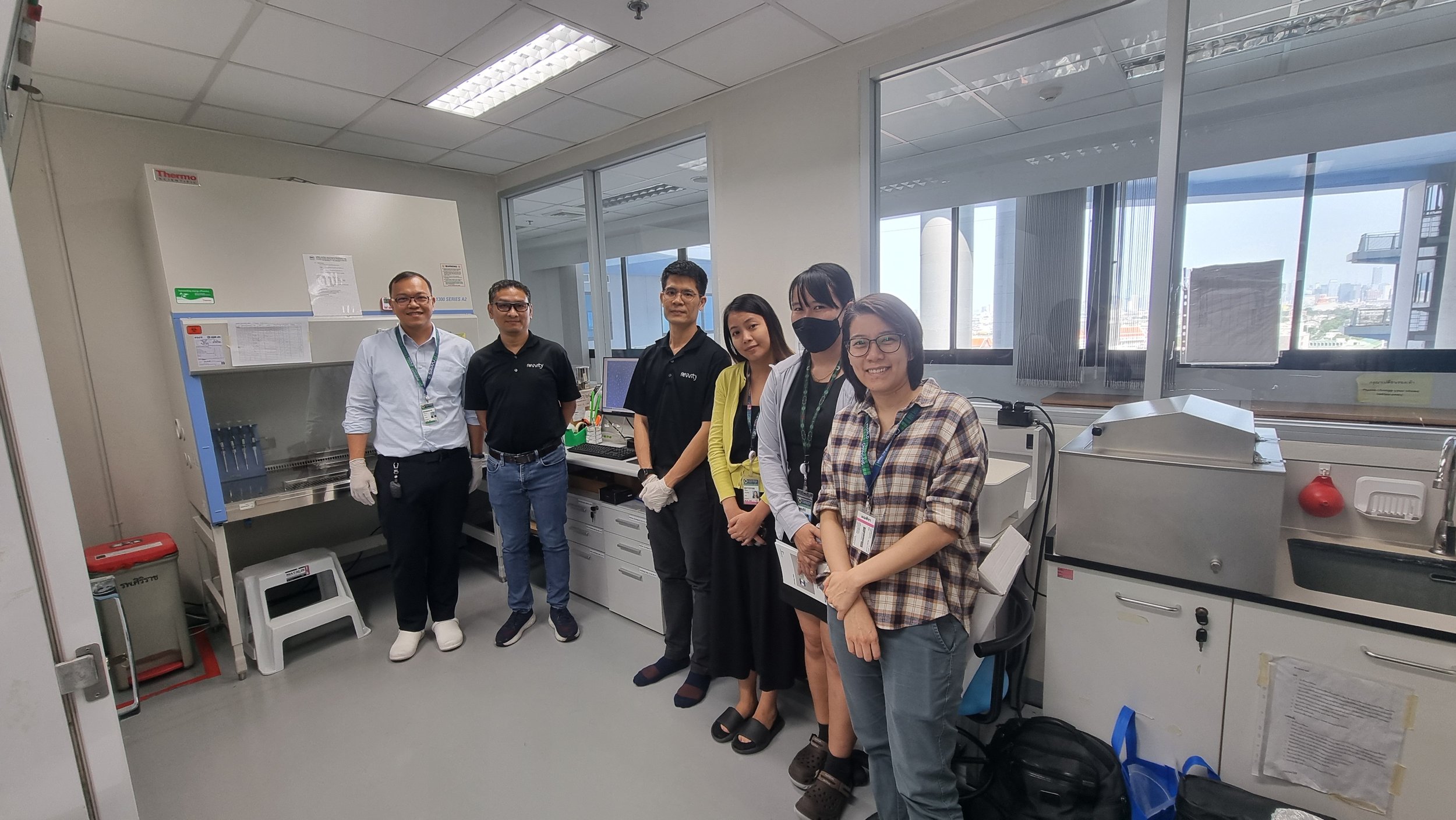Welcoming the MuviCyte Live Cell Imaging System to SiSP
We are thrilled to announce a significant advancement in our research capabilities at SiSP with the generous donation of the MuviCyte Live Cell Imaging System by Revvity. This state-of-the-art instrument represents a step forward in our quest for deeper understanding and novel discoveries in cell biology and disease mechanisms.
Unpacking the Gift
The donated package includes not just the MuviCyte Live Cell Imaging System but also comprehensive software tailored for scratch wound monitoring assays and spheroid monitoring. This integration of hardware and software stands to revolutionize how we approach live-cell imaging and analysis, propelling our research capabilities.
Expanding Horizons
This system enables us to conduct longer-term, more detailed observations of cellular behaviors and responses in real time, under physiologically relevant conditions. Specifically, it will allow our scientists to:
Monitor Cell Health and Behavior: Continuous live-cell imaging will unveil the dynamics of cell health, proliferation, and death, providing deeper insights into cellular responses to treatments or environmental changes.
Enhance Scratch Wound Assays: The system’s advanced imaging capabilities and software will improve our ability to study cell migration and wound healing, critical for understanding processes such as cancer metastasis and tissue regeneration.
Advance Spheroid Monitoring: By enabling precise, non-invasive observation of 3D cell cultures, we can better mimic and study complex tissue environments, vital for our precision medicine initiatives.
A Note of Gratitude
We are deeply grateful to Revvity for this generous donation. Their commitment to advancing scientific research and precision medicine mirrors our own, and this contribution will undoubtedly accelerate our efforts to uncover new insights and therapies for cancer patients.



